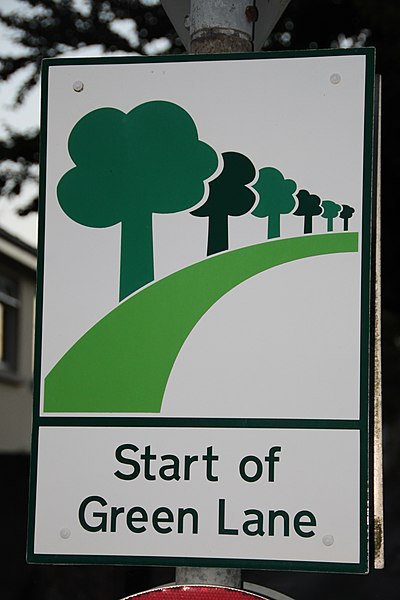Copyright and Licensing Tutorial
| Otago Polytechnic IP Policy Resource | |
|---|---|
| Introduction | Video Signpost | Licensing Open Educational Resources | Creative Commons Licensing | Introducing Copyright | IP Policy Exercise | Copyright and OER | Creating your own OERs | Case Study One | Case Study Two | Activity - Make an OER | Case Study Three | The Next Step | Useful Resources | |
Turning your teaching resources into OERs: A brief introduction to harnessing the power of Creative Commons licenses
Aside from the resource itself, the most important task when ‘setting your learning resources free’ in OER form is licensing your work correctly.
It is important to realise that simply adding a general statement to your resource saying that others are welcome to use it is not enough – the absence of a formal license can render an OER invisible online or make the resource legally unusable, even if it is found by a potential user.
So what exactly is licensing?
Licensing is the legal statement that accompanies an OER (or any other content) when copyrightable IP is released. A license contains the terms and conditions required by the content’s creator in order for the user to use it.
Even when content is provided for free, its creator usually places some obligations on the user, such as a proper acknowledgment. The license is the forum for this, and all other conditions of use.
Formally licensing your work helps to remove the legal ambiguity that haunts so much content in the ‘perceived public domain’. In most situations at Otago Polytechnic, licensing will entail use of a Creative Commons license.
